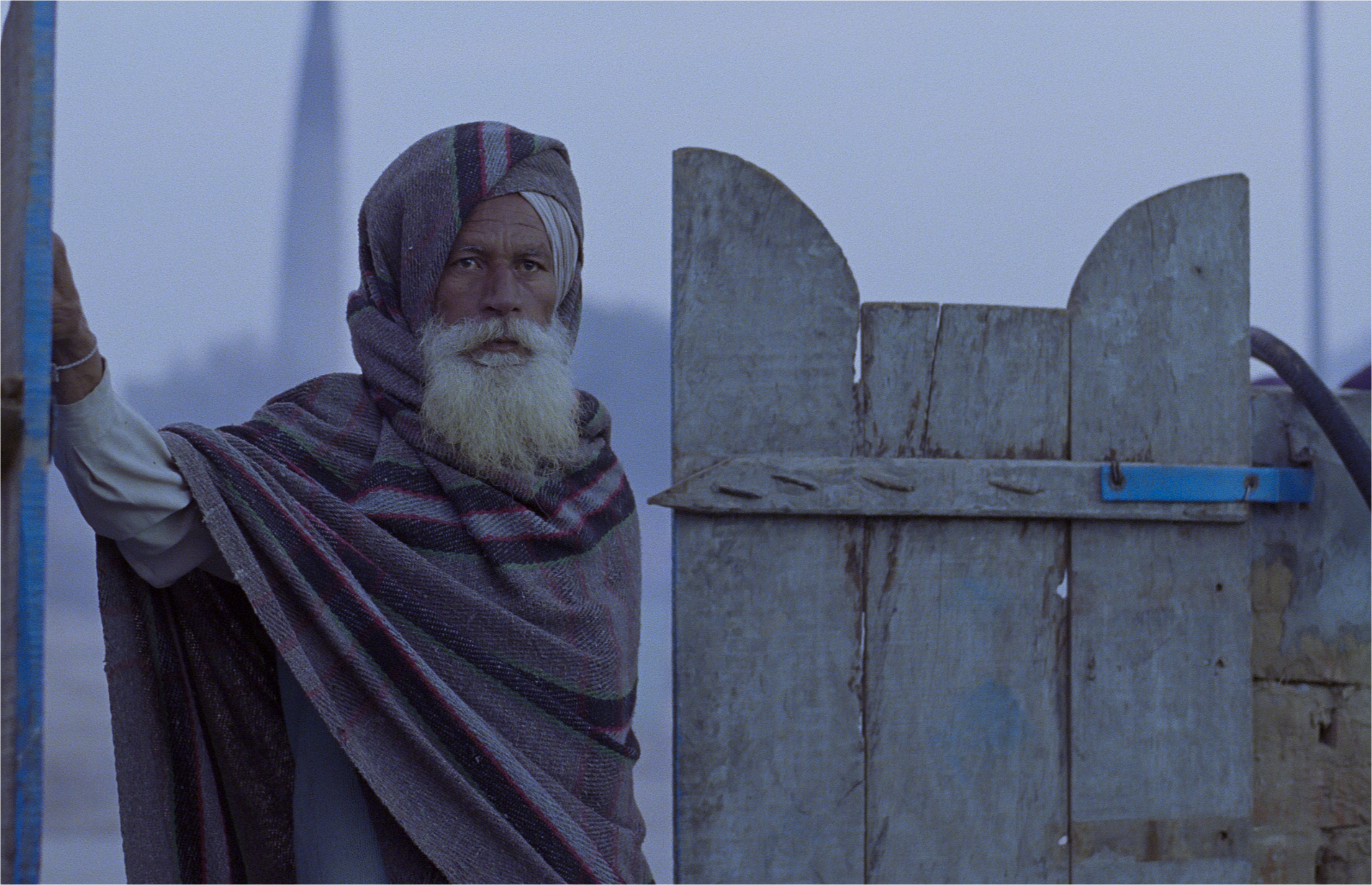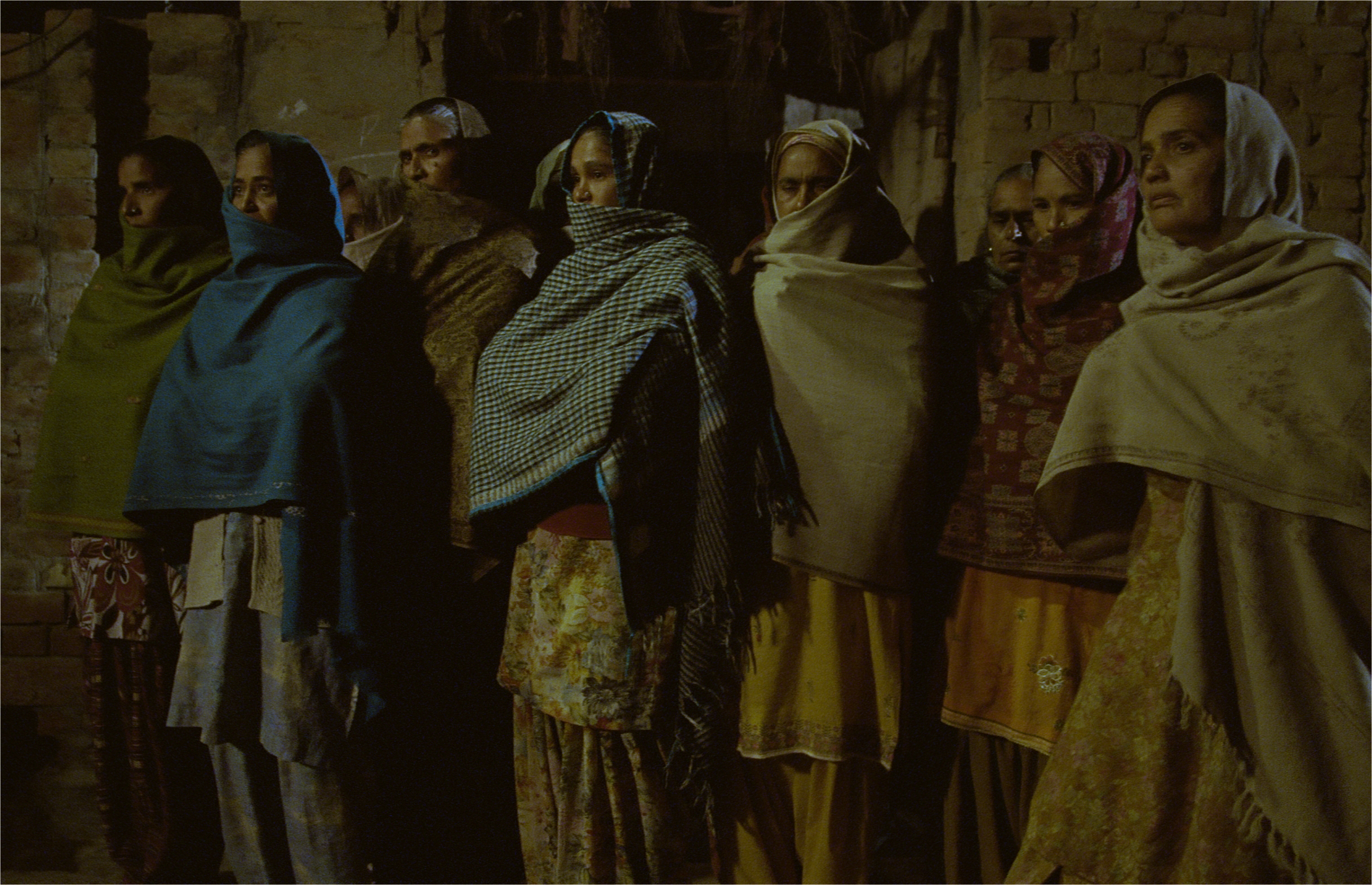First published in Saaranga
In ‘Bateshwar’s Contribution’, a short film by Sandip Ray I recently watched, Bateshwar Sikdar, a veteran writer, suddenly finds himself in the company of visitors and advice – both unsolicited. Over the course of three days, as many individuals, supposedly Sikdar’s fans come to him with the same strange request. They all want him to make the ending of a novel he’s writing, a happy one. Based on a story by Rajshekhar Basu, often hailed as the greatest humourist of the last century, the film, or rather that peculiar request, struck a personal chord with me in what has been my nascent journey into published authorship so far. I am coming to that in a bit.
In Sikdar’s case, when the first reader, a young man, approaches him on one of his morning walks, there isn’t much to suspect – he’s seen gushing with praise for the senior writer and shows great interest in his current serialized work ‘Ke Thaakey, Ke Jaaye?’ (Who Stays, Who Goes?). In fact, he seems so involved with the story that he’s eager to find out the fate of a female character. He asks Sikdar about the same, referring to the character as the novel’s heroine. Sikdar reminds him that there are two heroines in the novel, and when the young reader specifies he’s referring to Aloka who is fighting a serious illness, Sikdar tells him that she’s going to die. Our young reader seems heartbroken and pleads with the author to let her live. Exasperated, Sikdar tells him off and continues on his walk. The next morning, the entreaty turns into a mild threat when another man, a renowned surgeon, drops by at Bateshwar’s house with the same proposition – to let Aloka live. As with the first petitioner, Sikdar turns down the physician’s request and remains firm on his stand to eliminate Aloka to have Sharbari, the novel’s other heroine, take her place. He would have a third and final requester – a woman who introduces herself as a film actor – who comes to him with the offer of buying the film rights for ‘Who Stays, Who Goes?’. She’s eager to play Aloka in the film she informs Sikdar, but he has to ensure she’s cured of her illness and continues to live. Sikdar, though excited at the offer, still remains reluctant to change his story’s ending. It’s only when the lady threatens to jump ship and make a similar offer to a rival author that he reverses his long-held decision to let Aloka die.




